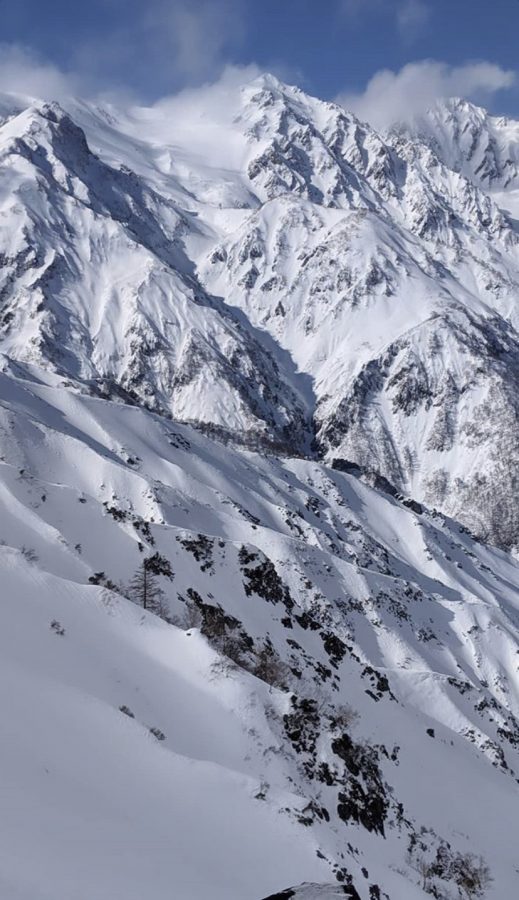Let’s Learn About Snow Safety! How to Stay Safe While Skiing
This ski season alone, six people have died to avalanches in the Colorado mountains, according to The Colorado Sun.
Avalanches are defined as masses of snow, rocks and ice falling rapidly down a mountainside, and they come in three different forms: terrain, snow pact, and weather condition, according to National Geographic.
Terrain avalanches are rare but they occur on the steep slope after a heavy snowfall and are set off by winds or heavy movement on the snow that is built up over time.
Snow pact avalanches are the classics, basic build-ups of snow that can build up anywhere and fall when too much snow is built up.
Weather condition avalanches occur when weather is heavily severe, causing a massive build-up in a small time. This breed of avalanche picks up even more snow as it falls down the mountain.
Avalanches are a common danger when you’re in the mountains of Colorado in the winter. If you go skiing, snowboarding, snowmobiling, or snowshoeing you always have to be aware.
Any ski resort you go to will often echo with the sound of explosives going off at the higher peaks of the mountains. The explosives are the resorts blowing up snow to avoid any risk of an avalanche happening to the people skis on or below this area. When they blow snow, they block off the area under where the avalanche could happen until they clear out any possible hazards.
The destructive force of an avalanche can be terrifying to see, but how can you avoid it?
You can avoid an avalanche by either staying away from danger zones and playing it safe or having the right equipment. Equipment for avalanches, while expensive, can save you if you are caught in one.
What is the most cost-efficient method for protective gear?
The key items you want to spend your money on include beacons, shovels, extendable poles, inflatable bags to stay above the snow and helmets. Most items you need for avalanche-prone zones you should have anyways for safety when you do any snow activities.
What do you do if you’re caught in an avalanche?
The first thing you want to do when you are caught is to try to stay up above the snow; if you fall, the avalanche will cover you making, it hard to get out.
“If you get caught in one you make an air pocket so you can breathe,” said junior Tiger Johnson.
If you have a shovel, you can start digging yourself out when the snow stops pushing you. If you can’t get out you may need to do an SOS on your beacon or your other tracking device to notify others nearby where you are. The long pole can mark where you are if you stick it up out of the snow.
How do you tell what snow banks on mountains can turn into avalanches?
Avalanche snowbanks that can be possible avalanches have a hang off which can be intimidating because of how far out they hang off of a peak. Most are iced over, but if they are disturbed enough they can crash down and start an avalanche.
Now, what are some extra safety measures you can take when you go skiing or snowboarding in avalanche-prone areas?
One key thing you can do is be aware of your surroundings such as what weather just occurred in the area, what quality the snow is, and if it is windy or dangerous weather. Another thing you can do is try condition runs. condition runs are quick tests of an area by skiing or snowboarding a certain section to see how the snow is for you.
Safety is always key for you when you go up any mountain.

I am a journalist at AAHS, I enjoy skiing and writing in my free time. I also enjoy spending time talking to Friends and making fun out of stuff that is...








